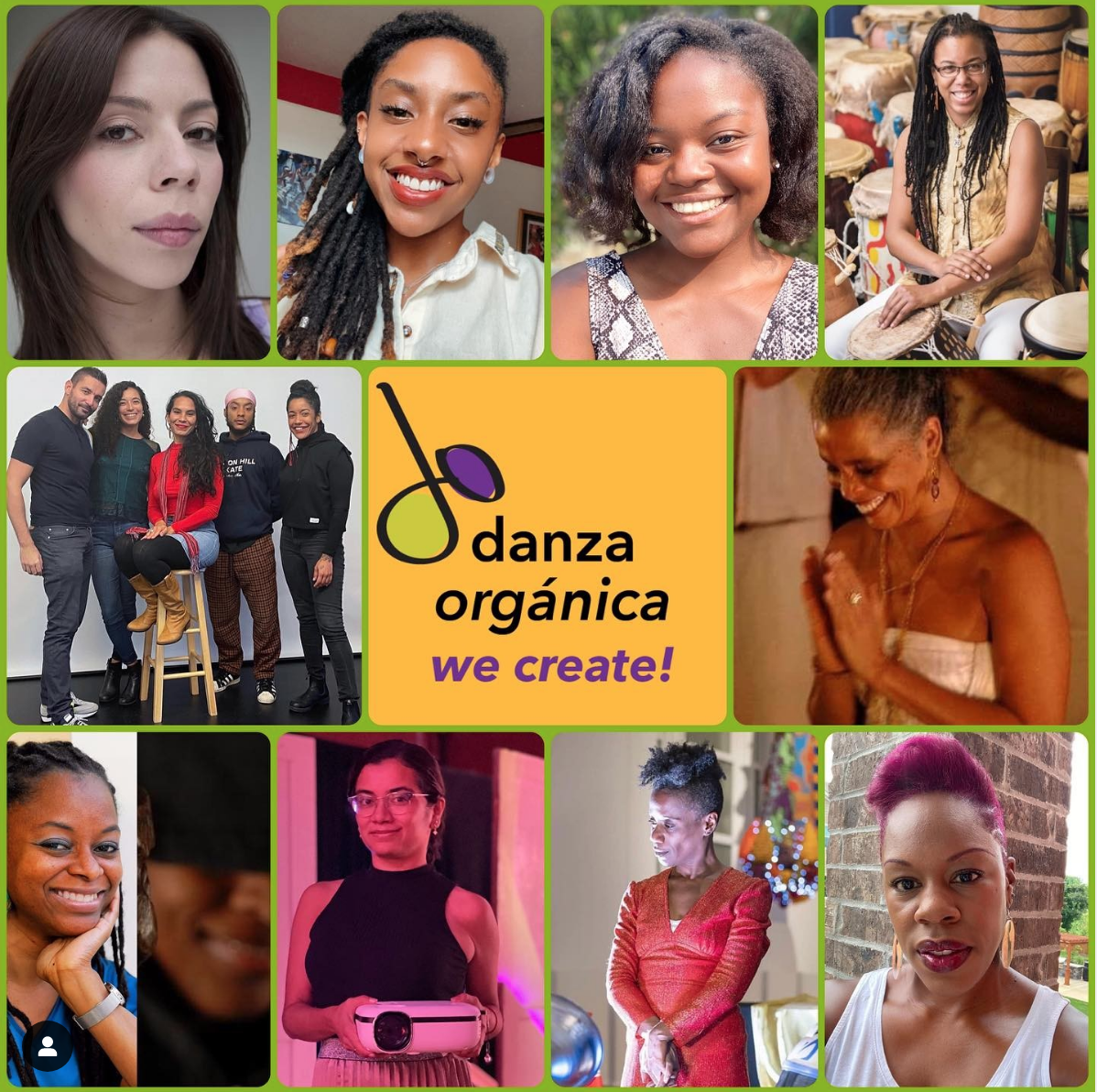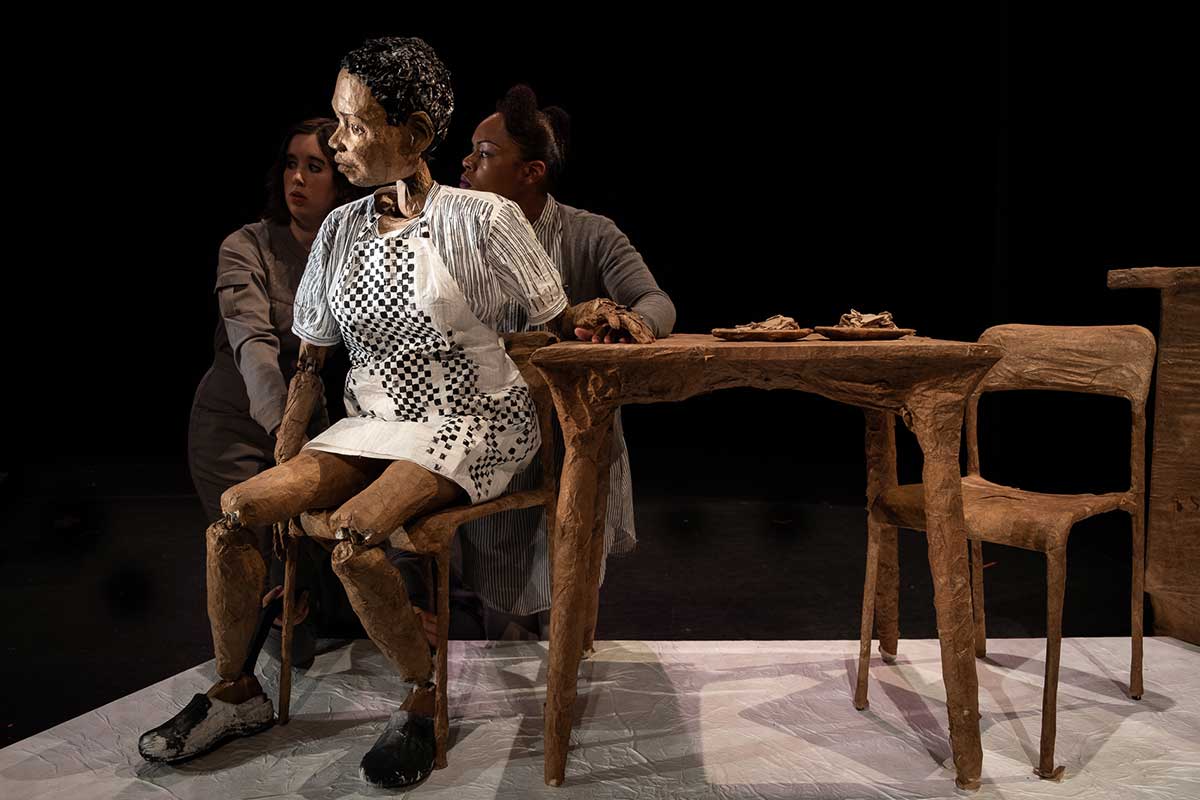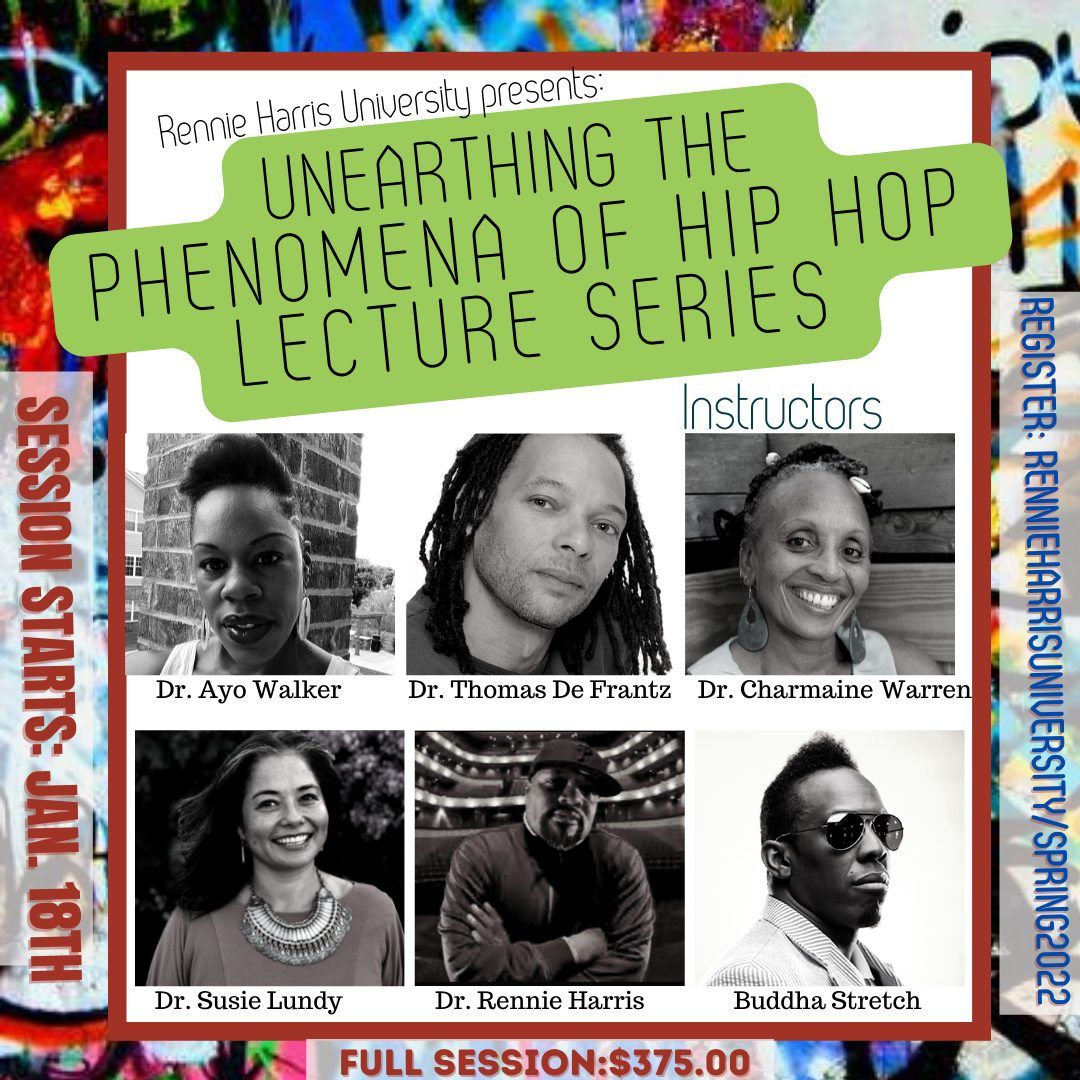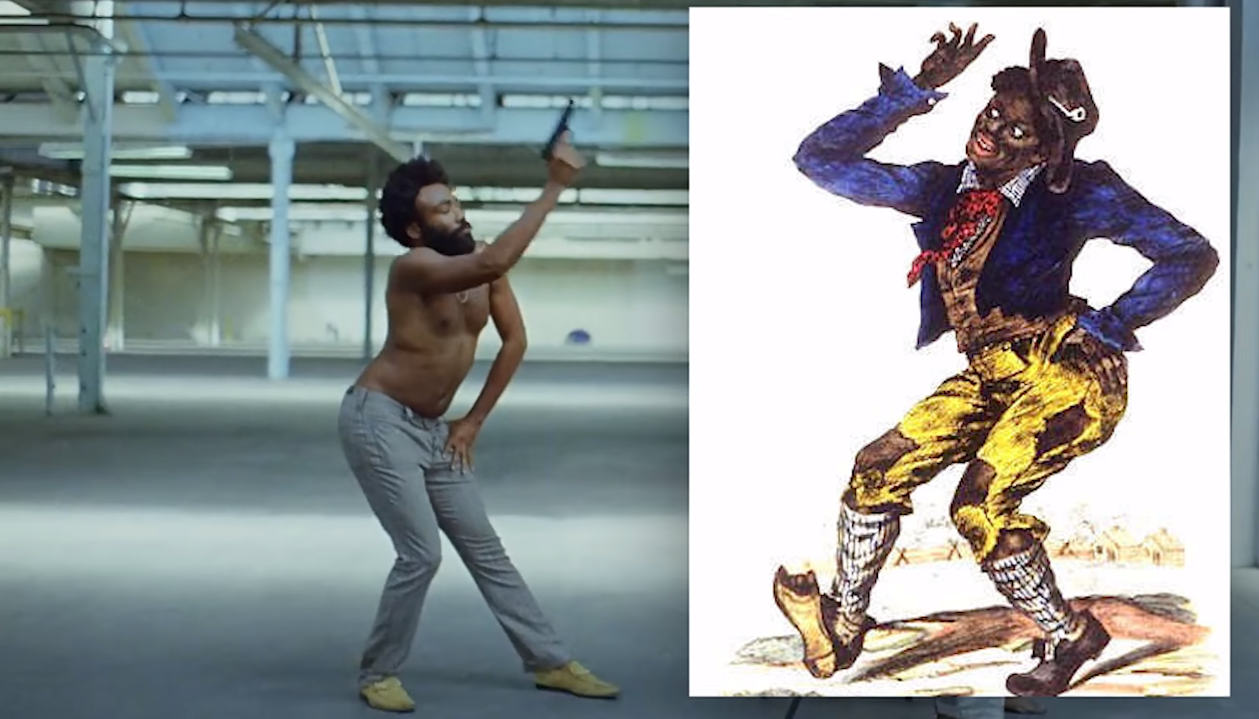Rhythmically Speaking The Cohort 2020/2021
Visiting Choreographer: Ayo Walker's "The Boom Boom Room in Tunisia"
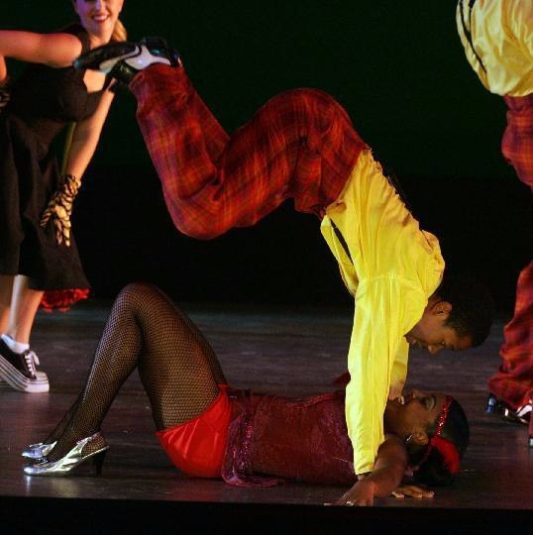
Rhythmically Speaking
is thrilled to be producing “Jazz on Tap,” this series of LIVE, OUTDOOR jazz and tap dance show on May 22 and 23! Held at The Shed @ The Lab Brewery in conjunction with beloved local tap company Keane Sense of Rhythm
(KSR), we’re calling it “Jazz on Tap” – get it?! For our shows on the series, we are presenting The Cohort 20/21, our reimagining of works by local choreographers Erinn Liebhard (RS Artistic Director) and Kayla Schiltgen and visiting choreographers Dougie Robbins (NY) and Dr. Ayo Walker (TN) originally selected for our postposed August 2020 production. KSR is presenting Mirror and Fission, featuring works by choreographer Davon Suttles. As if LIVE DANCE (with proper pandemic safety protocols) isn’t enough, there will also be live music, open jams, food trucks and great drinks!
Would streaming the show at home work better for you? No problem!
The Saturday, May 22nd 2pm (RS) and 4pm (KSR) shows will be live-streamed!
Purchase Tickets Here:
https://www.ticketleap.com/events/
https://www.ticketleap.com/events/?q=jazz+on+tap
About
The Boom Boom Room in Tunisia:
choreographic inquiry and intention. While developing her upcoming publication (a book chapter
for a new dance history textbook) “Slavery, Resistance and Resilience: Tap, Jazz and Social
Dances of America,” The Boom Boom Room in Tunisia was simultaneously manifesting. In
this chapter, “plantation dances, tap, jazz and social dances are all traced to three traditional
West African dances, Manjani, Sunu, and Wolosodon. By identifying the related movement
qualities between form, function, and shared aesthetics between the styles of pre-colonial West
African dances, plantation dances, tap, jazz and social dances, observable node clusters
emerge. Thus, creating a paradigm for the concept of evidencing the offspring of interethnic
assimilation and the arc of mutual inspiration. … and evidencing how African diasporic blood
memories have shaped the legacy of the Americanization of dance.”
My choreography much like my chapter tells the story of African people’s history through the
lineage of their dances. “Social dancing is the first form of dance humans practiced for
socialization through the art of dance not for spectatorship” and it is this principle that became
the premise for The Boom Boom Room in Tunisia. A narrative work recounting the individual
memories of five visitors (the ensemble) night out on the town at a juke joint—The Boom Boom
Room—in Tunisia where the music, dancing and romance create the memories of the night.
While we often share similar memories of a place, event, or moment in time, we also recount
those memories from different vantage points. In this piece each dancer will illustrate a night out
in Tunisia at The Boom Boom Room based on the way they remember it. And each memory will
represent a different version of the song, Night in Tunisia. Despite the varying memories of The
Boom Boom Room in Tunisia, one tale is true for all its visitors:
Each wonderful night in Tunisia is a deeper night in a world ages old
The cares of the day seem to vanish
You live in a dream for a moment
The magic is unsurpassed too good to last
You’ll find the love you long for under a Tunisia sky
The moon is the same moon above you, its cool evening light shines so bright
This night in Tunisia is a swinging good tune
The melody remains the same lingering on
Bap ba ba da da da da da da
Baaa da da da da da da
Baaa da da da da da da
Baaa da da da da da da
Baaa da da da da da da
Baaa da da da da da da
The nature of this work is driven by the Cipher Session premise adapted from the Big Apple
where all the members of the ensemble take turns performing improvised (later set for this work)
dance phrases culled from jazz/swing dance steps such as the Shorty George, the Black
Bottom, the Shim Sham, the Boogie Woogie, Truckin, Falling Off the Log, the Drop Charleston,
Lindy Hop and many more. The Big Apple and Cipher Session share the same plantation dance
origin of ring dances, particularly the Ring Shout. “The heritage of West Africa found perhaps its
fullest expression in the spiritual form called the ring shout, which seemed to thrive on the sea
islands of South Carolina, Georgia, and Florida. The ring shout combines singing or shouting
stories from the Bible with a religious form of dance that resembles shuffling. In a religious
setting, the shouters shuffle and stomp in a counterclockwise motion while clapping their hands
to the shout’s rhythm. Some African American slaves believed the ring shout was a central part
of worship, often a prerequisite to receiving the spirit or having a conversion experience. The
ring shout, argues Raboteau, was thus a ‘two-way bridge connecting the core of West African
religions—possession by the gods—to the core of evangelical Protestantism—experience of
conversion’.” [1] Configuration is the result of how and why the communal space promotes
inclusivity and protection. According to Rennie Harris, “The circle is just handed down from one
traditional culture. The circle is protection. From that circle you can see your enemies coming
from any side. From that circle comes a spirit of love and support, which means that you’re all
facing each other, and you have to look each other dead in the eye... and you see the souls of
people in that way. When a person is in the center, they’re supported by everybody’s love...
there’s no hierarchy in the circle.” [2] The Boom Boom Room in Tunisia’s cipher session is not for
the typical western concept of spectatorship that demarcates the observers from the participants
for the purposes of worshipping the spectacle. Instead it is for a shared performative experience
with the audience as participant observers via call and response evidenced in African diasporic
dance forms. So, we invite you to share in the nostalgic experience of this night in Tunisia at
The Boom Boom Room by reminiscing with us on one of your most memorable nights out on
the town.
___________________________
1 “Performing Culture in Music and Dance,” African American History and Culture, lumencandela. Accessed April 17, 2021.
2 Moncell Durden, “Hip Hop Dance: The Street Culture That Became a Global Expression,” DVD, 43, Dancetime Publications, 2009, 35:20-36:21.
